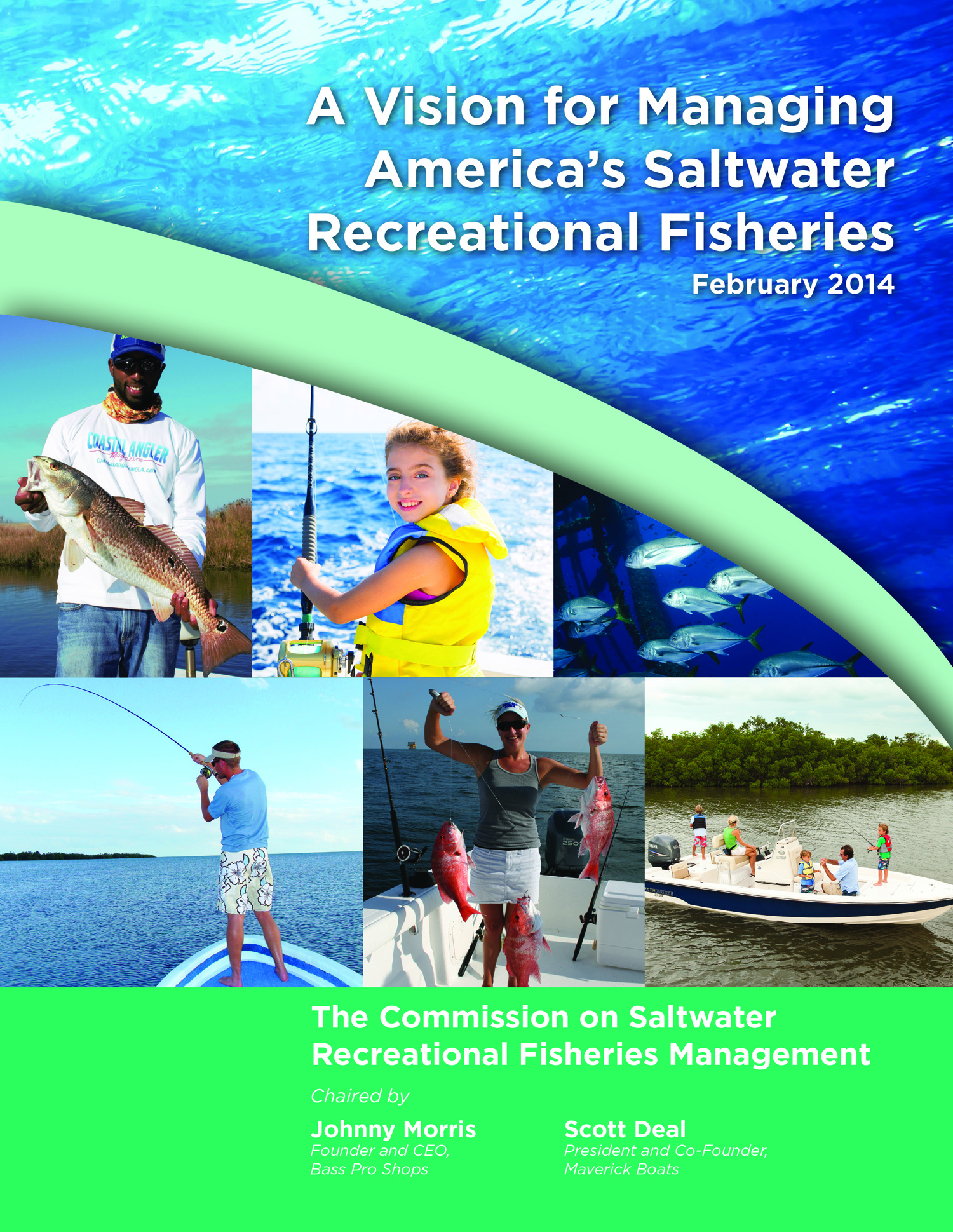Most sportsmen agree that although fish and wildlife biology is complex, the decision to use the best available science in the management of valuable natural resources should not be. Unfortunately, the management objectives developed by fish and wildlife professionals too often are trumped by policymakers who undermine the science with special interest agendas. When this happens hunters and anglers inevitably lose.
We do not have to look far for examples, including the politically charged legal challenge to a decision made for bighorn sheep in the Payette National Forest of Idaho, which recently was settled after a lengthy court battle.
At the time of European settlement in the West, bighorn sheep were one of the most prominent large mammals on the landscape. Paleontological data indicates that there may have been as many as 2 million of these regal animals in America. But by the mid-1950s bighorn sheep had plummeted to only about 10,000 individuals. This decline was primarily due to unregulated hunting, forage competition from livestock grazing and the introduction of diseases transmitted by domestic sheep and goats. Today, we have regulated hunting and livestock grazing, but the disease transmission from domestic sheep and goats still occurs and is considered the No. 1 limiting factor to bighorn sheep recovery in the West.
According to Dr. Subramaniam Srikumaran, D.V.M., chair of the wild sheep disease research facility at Washington State University, large scale pneumonic die-offs have “decimated bighorn sheep populations time and time again.” These die offs are “unequivocally” the result of wild sheep being forced to share their native range with domestic sheep and goats.
Over the last 30 years bighorn advocates have worked with the domestic sheep industry on the only viable course of action currently available: separation of the two species. Mutually beneficial solutions such as buying out public land domestic sheep grazing allotments, converting them to another livestock type (such as cattle) or moving domestic sheep to alternative allotments outside of suitable historic bighorn sheep habitat all have been proposed. In a number of cases progress was made, yet in others, agreements could not be reached.
Then in March of 2005, the chief of the U.S. Forest Service announced a groundbreaking decision on an environmental impact study conducted in the Hells Canyon area of the Payette National Forest in Idaho. He determined that the forest had a responsibility to ensure there was habitat available to support a viable population of bighorn sheep and that allowing continued domestic sheep grazing in or near occupied bighorn sheep habitat would have adverse impacts on bighorn sheep populations. The final forest plan, completed in 2010, used the best available science to identify suitable rangelands for domestic sheep and goat grazing, while identifying other allotments on the Payette National Forest requiring closure.
This decision was a win for wildlife, wildlife managers, sportsmen and the economies that benefit from sustainable wildlife populations. However, it still came under fire as recently as this year when an appeal, challenging the science behind the transmission of disease from domestic sheep and goats to bighorns, was filed in federal court by the American Sheep Industry and several state woolgrower organizations. They asserted that the analysis performed by the U.S. Forest Service using best science was flawed. The federal judge in Boise, Idaho, denied their appeal and stood with the science and the analysis it supported, declaring that the victory for the bighorns decided in 2010 remained.
When you take a step back and look at all of the pressures our fish and wildlife face due to human induced factors, it is easy to see that this decision is not just a victory for the 500 or so bighorns that now inhabit Hells Canyon or even for single species. From a conservation perspective, the case is much bigger than bighorns.
This verdict set the precedent that science, not politics or special interests, should be the determining factor in wildlife management decisions. A different verdict would have opened the door to challenges of decisions that conserve everything from sage grouse to marine fisheries – and potentially by much more influential industries than the woolgrowers. This decision represents hope for the future of fish, wildlife and ultimately all life.
Neil Thagard is the Western outreach director for the TRCP and has been closely involved with wild sheep conservation throughout North America for the past 20 years, including his direct involvement with the Payette National Forest decision. He was the first U.S. citizen to receive the Lex Ross Wild Sheep Conservation Award presented by the conservation community in British Columbia, Canada, for his efforts.











